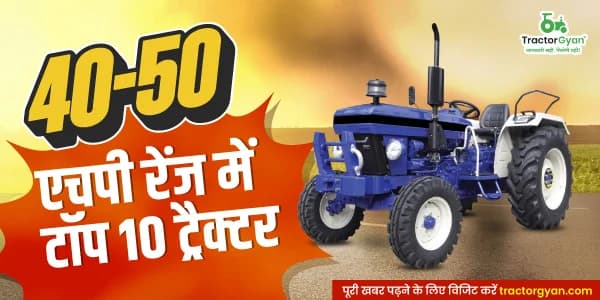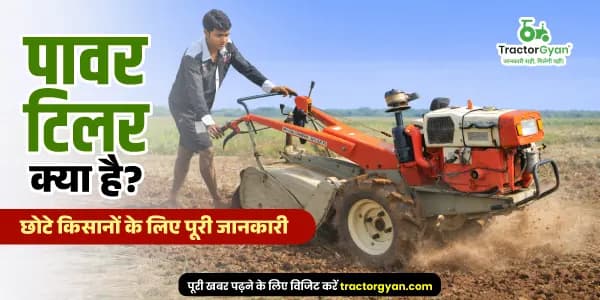Subsistence Farming : Types and Characteristics of Subsistence Farming in India | Tractorgyan
Table of Content
What is Subsistence Farming?
Subsistence farming is a type of farming in which crops are cultivated or grown to meet the needs of the farmers. Subsistence farming Is done on a small patch of land where there is no surplus left (leftover cultivated crop)
Subsistence farming methods have played an important role in the evolution of human civilization. It is a major part of most cultures' early means of survival, dating back up to 12,000 years ago. As Homo sapiens learned to domesticate plants after the ice age, they began to settle in one location rather than just hunting and gathering.
Subsistence farming has been practiced by pre industrial agricultural peoples throughout the world. As the soil in each area became depleted, some of these people moved from site to site. Farmers produced a large surplus of certain crops, which they traded for manufactured goods or sold for cash, as urban centers grew, agricultural production became more specialized, and commercial farming developed, with farmers producing a sizable surplus of certain crops, which they traded for manufactured goods or sold for cash.
Types of Subsistence Farming
1. Primitive or simple subsistence farming

The oldest kind of agriculture, primitive farming, is still practiced in various parts of the world. Some people have pushed their economy into primitive farming by learning the art of domesticating plants, which is a step 'upward' on the economic ladder from primitive gathering.
This style of farming is self-sufficient, with farmers producing simply enough food for themselves and their families. Some little surpluses can be bartered or sold for cash.
As a result, the economy is stagnant with limited room for improvement, yet farmers have a high degree of rural independence because they are not reliant on landlords or trading centers.
Features of primitive subsistence farming
The other feature of primitive subsistence farming is the characteristics of ‘slash and burn agriculture.
Under slash and burn agriculture an area of land is cultivated and grown with crops after its production the patch of land is cleared by flaming it with fire ashes enhancing the fertility of the soil.
To grow food for a few people, manual labor necessitates clearing land.
Crops are planted at regular intervals, frequently in between other plants, so the yield can vary and provide food throughout the year.
Shepherds in Nomadic Herding go from one location to another on predetermined routes in search of feed and water.
Milk, meat, and a variety of other goods are produced in this manner.
2. Intensive subsistence farming

The term 'intensive subsistence agriculture' refers to a style of agriculture that produces a high amount of output per unit of land while producing a low amount of output per worker. Although the nature of this agriculture has evolved, it is no longer subsistence in many locations.
Despite these improvements, the phrase "intense subsistence agriculture" is still used to characterize agricultural systems that are demonstrably more complex than primitive agriculture. It's sometimes referred to as ‘monsoon agriculture.'
Features of intensive subsistence farming
It entails a smaller piece of land and more labor to raise the crop, as well as less expensive equipment.
The climate of this cultivation, which is bright and fruitful, permits more than one crop to be grown in the same area each year.
Farmers employ every possible sort of manure, including farm wastes, rotting vegetables, clippings, fish wastes, guano, animal excrement (particularly from pigsties and poultry yards), and human excreta, to assure high harvests and ongoing fertility.
Artificial fertilizers are currently being utilized in greater quantities in Japan, India, and China, usually with government advice or help. Phosphates, nitrates, and potash are the most common fertilizers used, and they help to restore important plant nutrients in the soil.
Characteristics of Subsistence farming in India
Following are the main characteristics of subsistence farming.
1. Land Utilization
The land which is used for subsistence farming is small In size usually 1 – 3 hectares. The goods or crops which are cultivated here are for the self-consumption of the family.
2. Labour
Labour is plentiful in this farming, and most of the workers are family members. Farmers may hire labor because they were too busy cultivating at the time.
3. Power and transport
Livestock is the primary source of energy in many countries, including Pakistan. They plow the field, transport products, and do processing chores such as sugar cane grinding. The majority of the technology used is basic and inefficient.
Electricity and irrigation are not used in this type of farming. Farmers also should not employ outdated seeds or fertilizer varieties with high yields. As a result, the output is tiny or non-existent.
4. Efficiency of Productivity
Low inputs, which are largely provided by the farmer himself, describe subsistence farming or traditional farms. Farmers, for example, do not purchase seeds or cow dung manure. Overall productivity, yields per hectare, and production per person are all low.
5. Level of uncertainty
The element of risk in agricultural farming is significant. The failure of one or more important crops can put a farmer's entire years’ worth of work on hold.
6. Role of livestock
Traditional farming systems rely heavily on livestock. Farm animals uniquely defend farm households. Animals are similar to savings accounts. Farmers put their surplus money into them. When they reach maturity, they can be sold or consumed in the event of crop failure or for other purposes such as weddings. Subsistence farmers have unfettered access to beef, milk, and eggs, among other things.
7. Decision making power
The decision-making power of subsistence farmers is limited. On the farm and at home, his degree of independence is severely limited.
8. Rationality plus risk
Traditional farmers are fiscally responsible. They can be inspired to improve their standard of living.
Change is not a bad thing for subsistence farmers, but proposed modifications must fit into their current farming methods. Traditional farmers are now emotionally prepared to accept risks in their small-scale farming operations by incorporating modern inputs.
Conclusion
Subsistence farming is not intended to compete with conventional farming or to add to the burden of agricultural overproduction. Families that practice subsistence farming are encouraged to consume their garden produce rather than send them to faraway markets. They are not expected to be able to support themselves only through food production, as successful commercial farmers in the country are.
In general, subsistence farming respects nature's renewability cycles and works in tune with them to preserve output. At the end of the day, long-term viability is contingent on human and environmental balance.
About TractorGyan
Tractor Gyan is an expert-led platform that aims to empower Indian farmers by providing accurate and timely information, and technological advancement about tractors and farm equipment in India.
TractorGyan helps farmers with New Tractor information, Compare Tractors, Tractor prices, Buying and selling of second-hand tractors, Tractor Insurance, Tractor Finance, Tractor tyre, Tractor Implements, Tractor EMI calculator and more.
On our Platform, we have information about leading brands :
-
In tractors like Captain, Preet, Farmtrac, Vst shakti
-
In Tyres like BKT, Ceat, Apollo etc.
-
In Tractor Finance like Mahindra Finance, TVS Finance, Etc.
-
In Tractor Implements like Shaktiman, Fieldking, Landforce, KS agrotech, etc.
-
In Tractor Insurance like Mahindra Finance, Axis Bank, ICICI Bank, etc.
TractorGyan is Helping India mechanise by delivering crucial information about tractor buying and guiding farmers at every step so that they get a tractor or farm equipment that empowers and equips them to produce quality yield.
FOLLOW US ON:- Facebook, Instagram, Linkedin
Category
Read More Blogs
Tractors are an integral part of farming in India. They have revolutionized the way farming is done in the country and have helped farmers in many ways. In this article, we will discuss the importance of tractors in India for farmers, how...
Farming is an integral part of the Indian economy. Over time, the Indian agricultural industry has gone through multiple technological advancements and improvements in every domain. This advancement divided the farmers into two groups. One group prefers traditional farming as it causes...
Agricultural tools are an efficient way to ease the farming process. Various agricultural tools help the farmers to help them in their farming activities and minimize their workloads.
One such effective agricultural tool...
Write Your Comment About Subsistence Farming : Types and Characteristics of Subsistence Farming in India | Tractorgyan
.webp&w=1920&q=75)
Top searching blogs about Tractors and Agriculture
07 Jan 2026
18 Dec 2025
29 Jul 2025
08 Sep 2025
03 Jul 2025
30 Jul 2025
30 Jul 2025
30 Jul 2025
29 Jul 2025
30 Jul 2025
26 Dec 2025
31 Jul 2025
18 Dec 2025
26 Dec 2025










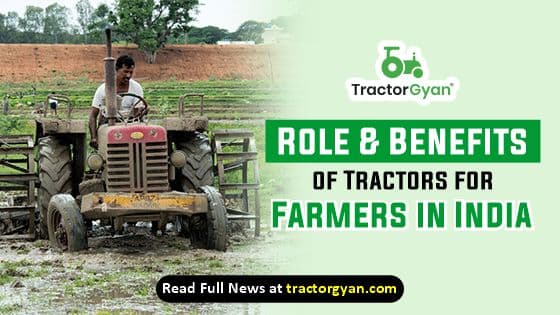
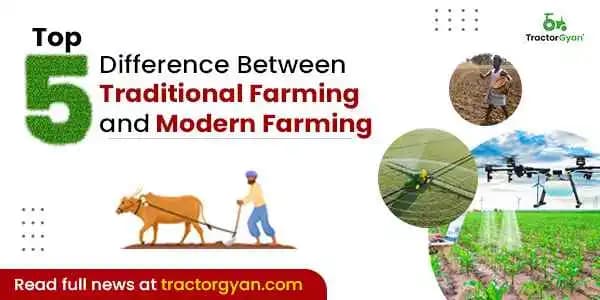

.webp&w=2048&q=75)
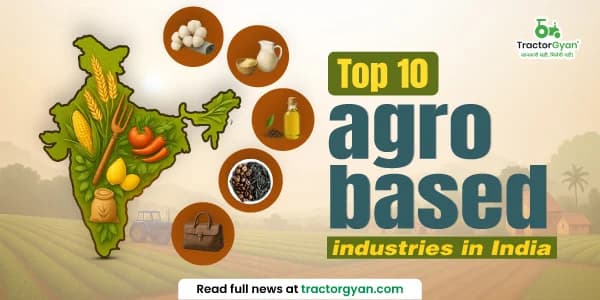
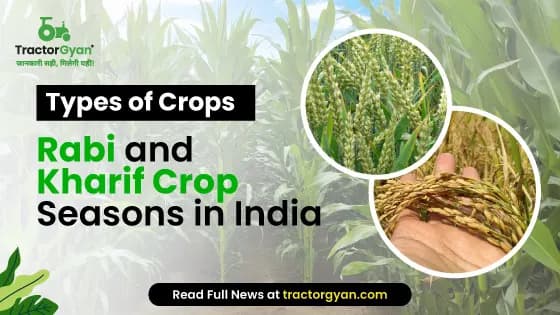
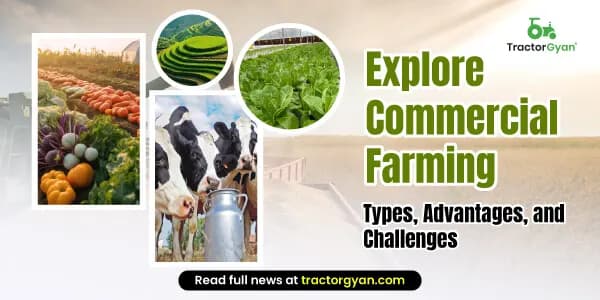
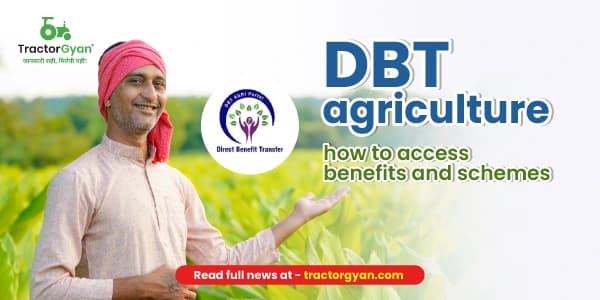
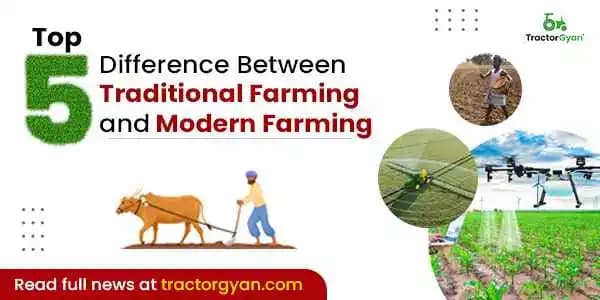
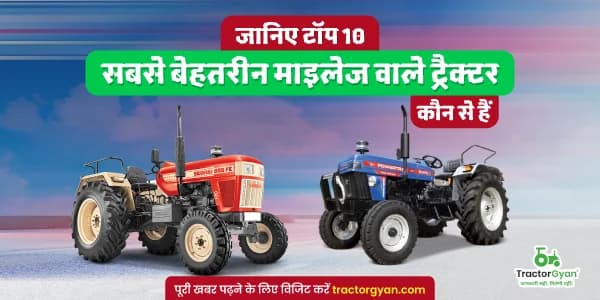
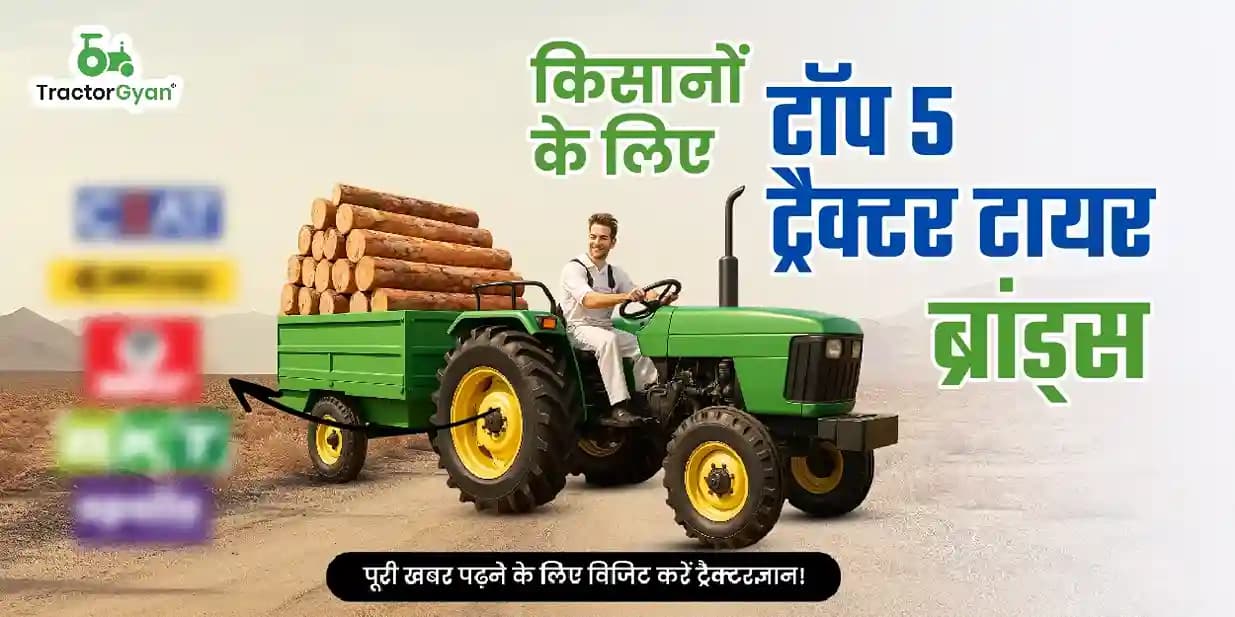
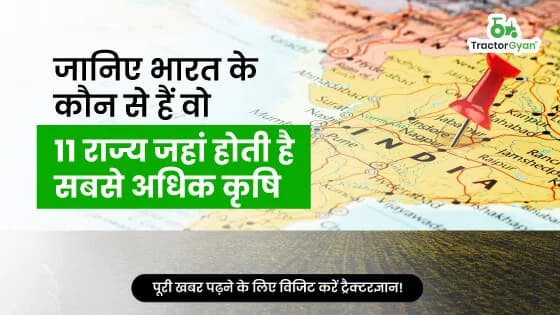
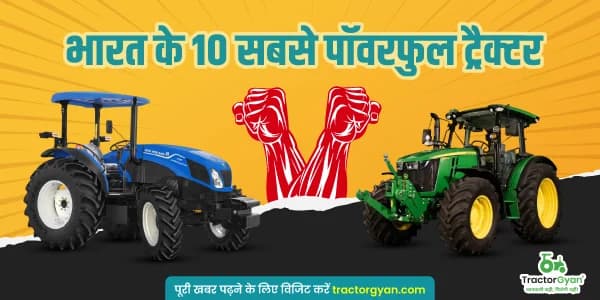
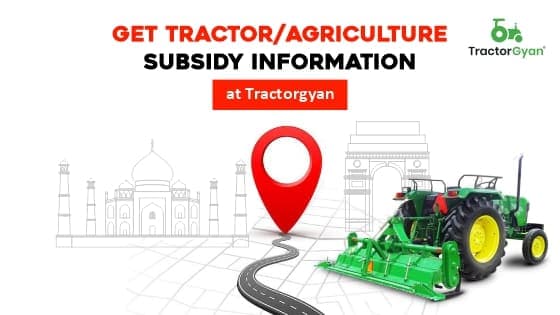
.webp&w=2048&q=75)
.webp&w=2048&q=75)
